Citizenship. A committee of five community members has been appointed by the council, the elected governing body of the First Nation, and tasked with determining the criteria and process for citizenship in the Nation. They sit in a small conference room, inside of an office trailer. It is Monday night. Six o’clock. The summer sun is still high in the sky. Binders overflowing with loose paper cover the table. A lawyer is present, paid upwards of $150 an hour to help the committee navigate the legal transition from Indian band to self-governing Nation. The committee spends the first hour clarifying terms – status Indian, non-status Indian, beneficiary, band member, effective date, enrolment – and debating whether citizens’ personal information should be stored online or in hard-copy files. The majority of the Nation’s members descend from over 40 original families. Everyone knows who is who. The conversation about citizenship uses Canadian legal terms and draws upon the laws stipulated by the Indian Act, the Umbrella Final Agreement, the self-government agreement, and the Nation’s 12-year-old constitution. Ancestral or cultural laws, concepts, values or practices, if present, are supplemental to Canadian terms and processes. Council has mandated that a citizenship act be drafted as soon as possible. Decisions tonight will shape the foundation upon which the Nation’s citizenship is determined and legally enforced on their settlement lands. The doors are closed. The rest of the self-government administration has long since gone home. Apart from a few kids playing across the street in a gravel-covered field, the surrounding village is quiet. One of the aunties gets up and pours herself another cup of coffee.
Indigenous peoples are navigating political worlds that are made up of diverse and incommensurable pieces: a fundamental difference in Indigenous and Canadian governance systems and their relationships to and with the land; differences in political theories informing participation in, or disengagement from, Canada’s settler state governance system; and an Indigenous desire for justice. The socio-economic pressures – lack of quality housing, underfunded education and health care, pervasive substance abuse, and poverty – exist at the same time that Canada insists on expanding natural resource extraction, forcing Indigenous communities to compromise and redefine their relationship with their land. The result is a very real tension between two divergent value systems: capitalism and the sacred.
The complexities of Indigenous politics are particularly evident in the Yukon, home to over 37,000 people, 20.6 per cent of whom are First Nations. The Yukon is unique in contemporary Indigenous politics because so much of the territory has been settled by land claims under a modern treaty.
In 1973, Chief Elijah Smith and a delegation of representatives from Yukon First Nations travelled to Ottawa to deliver to Prime Minister Pierre Trudeau a position paper called Together Today for our Children Tomorrow, which called for a “fair and just” settlement with Canada and captured a desire, at the time, for redress: recognition in the form of a legal settlement, which was seen as a way of moving respectfully and responsibly toward a better future with Canada. And thus they initiated a modern treaty process in the Yukon.
Seventeen years of difficult negotiations later, the landmark Umbrella Final Agreement (UFA) was reached in 1988, and finalized in 1990, between the Council for Yukon First Nations (then known as the Council for Yukon Indians), the Yukon territorial government, and the government of Canada. Since 1990, 11 of 14 Yukon First Nations have been transitioning from “Indian Bands,” governing bodies designed and administered under the Indian Act, to political entities that are, in theory, organized and managed by the First Nations themselves. The remaining three Yukon First Nations – White River First Nation, Ross River Dena Council and Liard First Nation – have outstanding negotiations.
The UFA has ushered in a suite of political changes in the Yukon. The Indian Act ceases to apply to First Nations that have signed a self-government agreement, and each First Nation’s treaty rights are outlined in individual agreements. Self-governing Yukon First Nations have jurisdiction and law-making abilities on their settlement lands. They can determine their nations’ citizenry and can design and implement their own programming and governance.
Celebrated as a “modern treaty,” the UFA is an example of a recent trend in Aboriginal rights movements in Canada that uses land claims settlements and self-government agreements to negotiate renewed legal and political relationships based on mutual recognition and reconciliation between Indigenous nations and the Canadian state. From the perspectives of the federal and territorial governments, agreements like land claims are important for establishing “certainty”; in other words, the agreements replace the ambiguity surrounding Aboriginal rights with defined treaty rights and title in clearly defined areas, and eliminate treaty rights and title in others.
Today in the Yukon, 8.5 per cent of the territory (approximately 41,595 km²) is settlement land, where Aboriginal title for 11 self-governing nations remains. For these 11 First Nations, Aboriginal rights and title have been extinguished on the remainder of their traditional territory. This is due to Canada incorporating a “cede, release, and surrender clause” into modern land claims, forcing signatories to essentially sign over their rights and title in exchange for a new set of rights that can be expressed in designated areas.
Land claims and self-government agreements are mechanisms of “the politics of recognition,” defined by Mohawk anthropologist Audra Simpson as, “to be seen by another [e.g., the state] as one [e.g., Indigenous peoples] wants to be seen.” Some liberal scholars, and certainly the Canadian state, consider recognition to be capable of righting the wrongs of historical and contemporary state-initiated injustices. From this view, legal and political recognition can result in an affirmation of inherent rights and legal security, state-backed protection from development and encroachment, cultural protection and renewal, and material redistribution and economic gain.
But other Indigenous scholars and activists are drawing attention to the way that the state maintains control of Indigenous peoples and their land by using mechanisms of recognition, which are carefully constructed so as to restrict Indigenous peoples’ ability to make autonomous decisions and ultimately dispossess Indigenous peoples of large tracts of their traditional territory. Yellowknives Dene scholar Glen Coulthard argues that the politics of recognition are state-serving at their core and merely extend the colonial project by repackaging land dispossession as “self-determination.”
Resurgence. The forest floor is damp; the moss is thick and soft. My feet are wet and they’re getting cold. I’m going to wear my insulated rubber boots next time, I think to myself. I see my cousin through the trees. She’s gone back to the car to check on her baby, who is sleeping in the back seat. I scan the ground for bright clumps of blood-red cranberries. The ripe ones hang heavy on their little branches, drooping into the moss – they are hard to see. I learn quickly that the trick is to get low. At moss level, the ground comes alive with bursts of red against a backdrop of green lichen. I haven’t picked nihtl’ät before. I’m not sure of the technique I’m supposed to use to pull the berries off their branches. I opt for a gentle tug with my fingertips. The ripe ones practically fall off with the lightest touch. I crouch on the moss in a spot surrounded by berries. I pick all the ripe ones within arm’s reach and then stand up and take a couple of steps, careful not to crush any berries underfoot. I crouch and pick all the ripe berries within reach again, then stand up, scan the ground, spot red, step, crouch, pick. The berries make a light drumming sound as they land in my ice cream bucket: da-da-dum. I hear a twig crack in the distance and I look up to make sure it is not brother bear. It’s not. It’s just the forest making forest sounds.
I scan the ground, spot red, step, crouch, pick.
da-da-dum.
da-da-dum.
da-da-dum.
At stake in the implementation phase of the agreements is Yukon First Nations’ ability to stave off the energy industry and Canada’s interest in and demand for access to natural resource extraction in the North. Whereas recognition politics appear to be a new, benevolent approach to Aboriginal rights, this process only extends state influence over Indigenous lands, lives, and politics.
How are Indigenous peoples to navigate a political landscape in which Aboriginal rights and title have been legally extinguished in the majority of the territory? What does self-determination look like in a political landscape that makes Indigenous governance mimic Canada’s and limits Indigenous jurisdiction to a fraction of the territory?
Scholars of Indigenous resurgence, like Taiaiake Alfred, Jeff Corntassel, Leanne Betasamosake Simpson, Glen Coulthard, and Audra Simpson, maintain that self-determination requires revitalizing our ancestral governance practices free of settler state control and interference. For these scholars, Indigenous self-determination is grounded in the resurgence of our people, lands, languages, and laws. Self-determination is enacted intentionally in the everyday and steadily advances us toward a radically alternative future, perhaps one that our ancestors might recognize.
While the UFA is extending certain, limited powers to Indigenous peoples, it is also facilitating government-backed industry access to Indigenous lands and resources. The UFA settlement lands are divided into three categories: land on which First Nations’ surface and subsurface rights are recognized (Category A); land to which First Nations can claim surface rights but not subsurface rights to resources like oil, gas, and minerals (Category B); and fee simple settlement lands, where Aboriginal rights and title do not apply and, as with Category B lands, the Yukon government administers subsurface rights. Where First Nations have subsurface rights, they can regulate mining activities as they wish, issue title to minerals, and collect royalties. Where they do not have sub-surface rights (Category B and fee simple lands), mining activity is treated as if it were on Crown land, governed by the territorial government.
The Yukon has legislated a free-entry system, which means that any mining prospector (an individual or a company) has the right to enter Crown lands – those that are not Category A lands – to explore for minerals and acquire rights to those minerals. While the ratification of the UFA has put some restrictions on industry access to Category A settlement land, it has opened up large swaths of Indigenous traditional territory that emerged from the “cede, release, and surrender clause.” Only 8.5 per cent of Yukon territory is settlement land, and part of that includes Category B and fee simple lands that are open to staking. Despite the positioning of the modern treaty as a victory for Indigenous control of the land, industry and settler state government bodies still have a significant say in relation to resource extraction. In the end, industry can now operate with certainty in areas where Aboriginal rights and title have been extinguished and where these lands are now largely controlled by the state.
Casino Mining Corporation, for example, is currently proposing a copper, gold, molybdenum, and silver mine project 300 kilometres northwest of Whitehorse. Currently in its environmental assessment stage, the proposed mining site is on Selkirk First Nation traditional territory, on land that has been ceded to the state. Post-UFA legislation does not require industry to work with First Nations. Involving First Nations in proposed projects on ceded land is carried out by industry as a courtesy only.
The UFA has created a number of co-management and environmental assessment processes (for example, the Yukon Environmental and Socio-Economic Assessment Board [YESAB]) in order to protect lands and resources and to increase Yukon First Nations representation on bodies that oversee various resources. However, YESAB can only put forward recommendations only. Despite the intention to balance power and increase Indigenous decision-making power in the territory, the UFA allows the territorial government to have final say on what can and cannot happen on ceded land.
While the UFA has bolstered access to previously curtailed decision-making power and law-making abilities, the benefits of which should not be minimized, we must still ask: what kind of future might we create if we prioritize the implementation of the agreements we have with our ancestors and our lands, rather than those we have with the Canadian nation state?
Indigenous collage may help work through this imagining.
Collage is an Indigenous methodology that emerged out of my own practice of creating digital photo collages. A collage, in its most basic and accessible form, is the result of combining an assortment of images and texts into an entirely new and reimagined image.
Collage, as theory or metaphor, accounts for and accommodates the chaotic, contained, and often contradictory life-worlds created by continued settler colonialism. It brings seemingly unrelated and diverse pieces – people, places, texts, images, contexts, experiences, practices, histories, traditions, ontologies – into purposeful and productive juxtaposition, essentially allowing for multiple and sometimes incommensurable elements to be placed within new proximities to one another. Collage invites us to interpret and respond to our political world in empowered and informed ways. We can determine which pieces we want to remove and which pieces we want to prioritize.
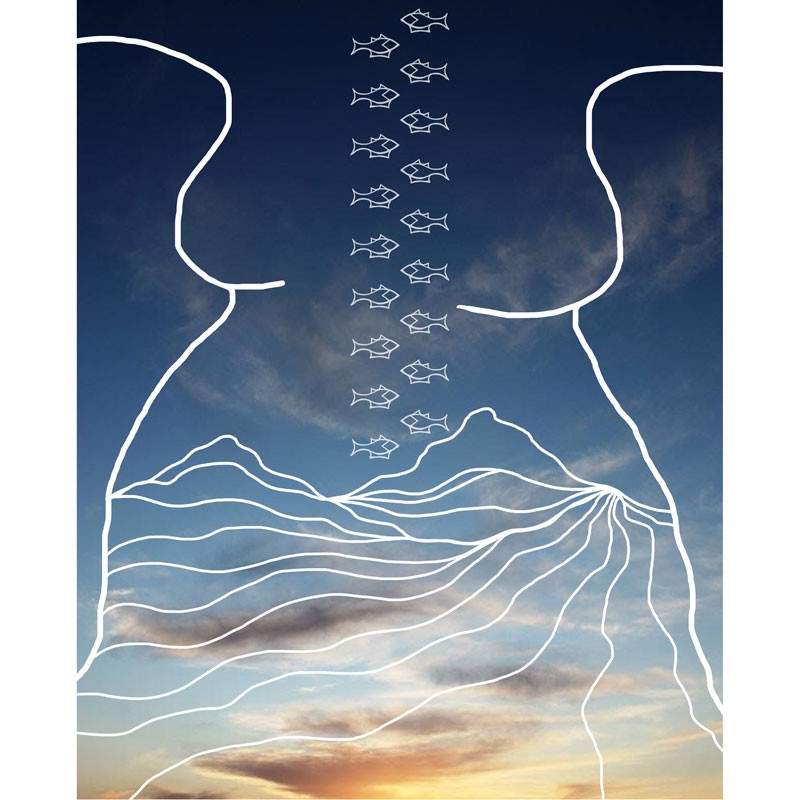
Continuance. There is little light coming in the window. It is too early. The smooth logs of the cabin wall are pressed hard to my back. I’m facing the middle of the bed, where my cousin’s seven-month-old baby is – or, rather, was – sleeping. He’s awake now and wiggling around. His little hand touches my face. His tiny fingers go in my mouth. At home, in his crib, he’d have toys to occupy him, so his parents could get a few more minutes of sleep. Here at the cabin, the two people trying to sleep around him have become his toys. I try to sleep more, but it’s impossible. His cooing sounds are too cute to ignore. I have to open my eyes and watch him. His mom is awake, too. The two of us lie there, smiling. His wide eyes stare back at us. In this moment, he is the centre of our world. Just outside the cabin door, Tagé Cho flows by, just as it did when our ancestors lay with their families in the early mornings, staring lovingly at their future.


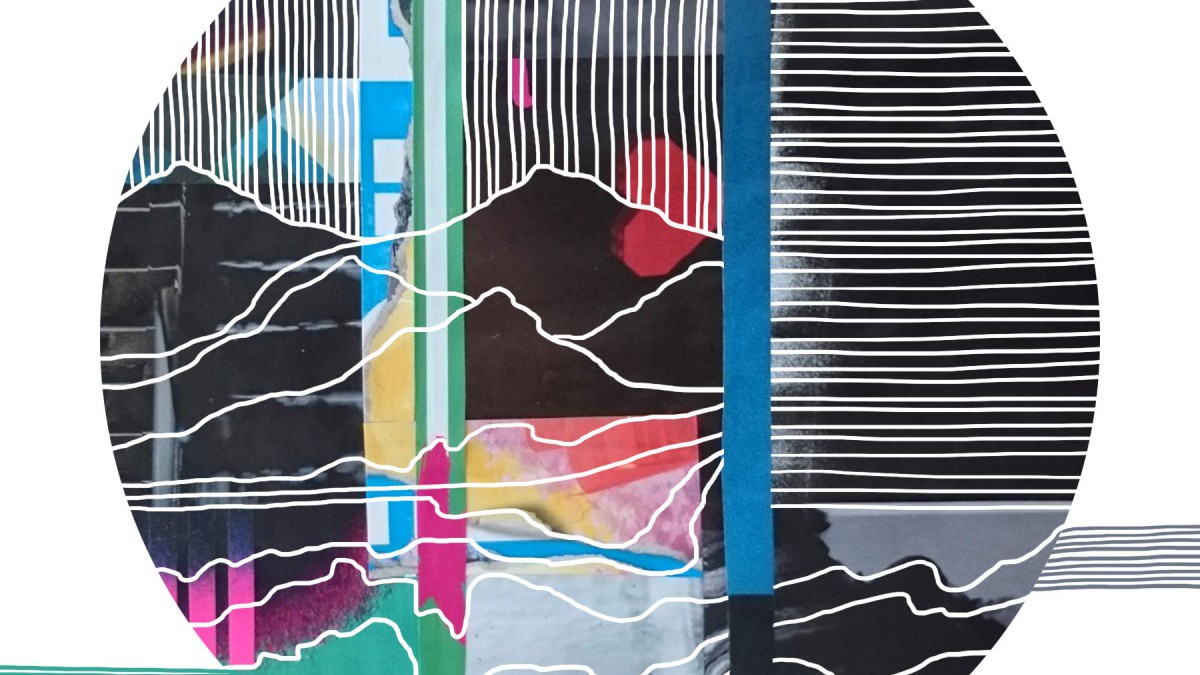
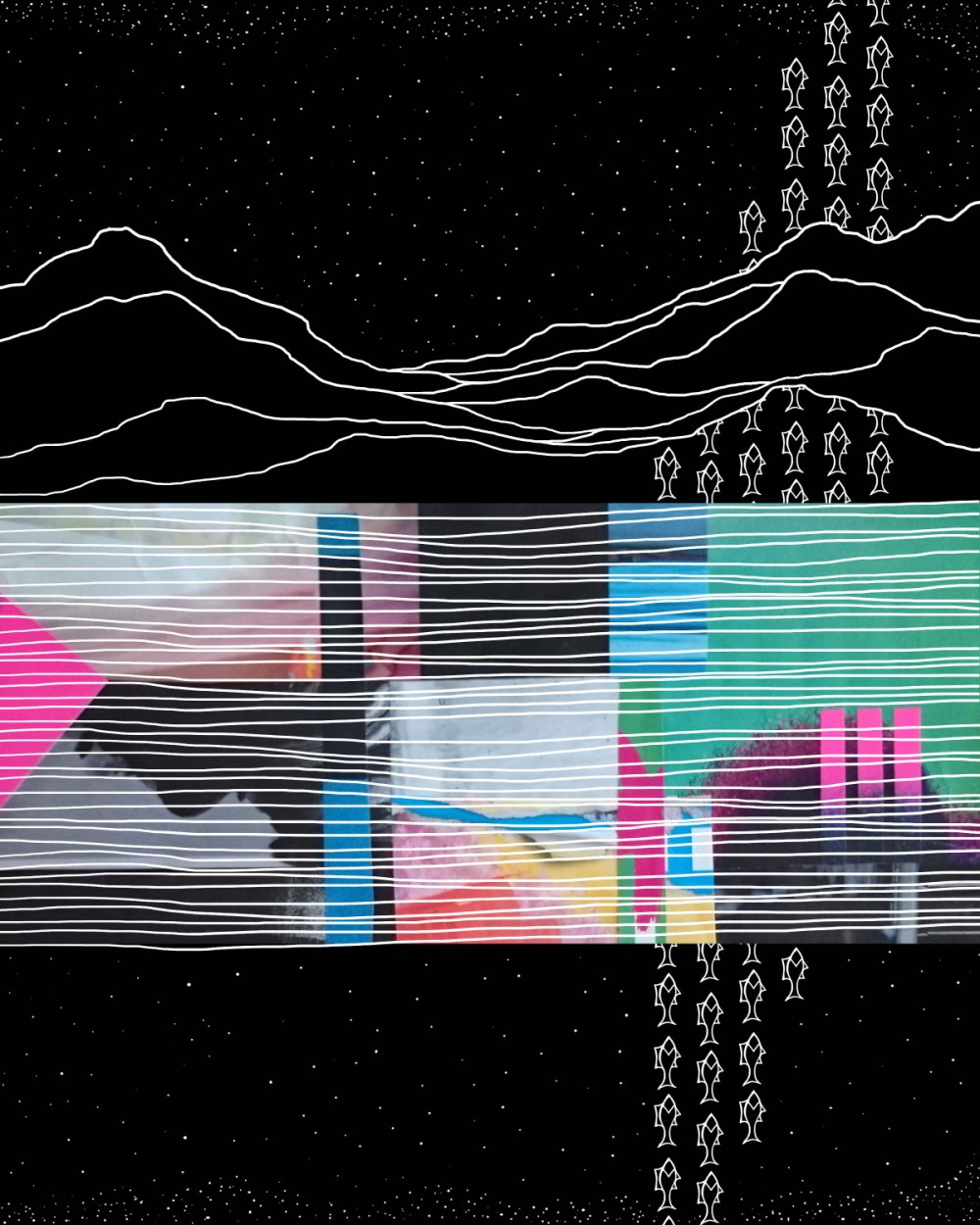
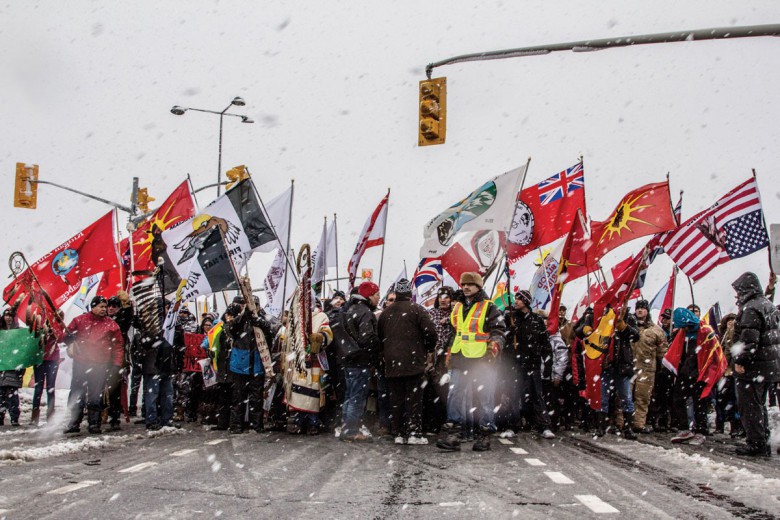
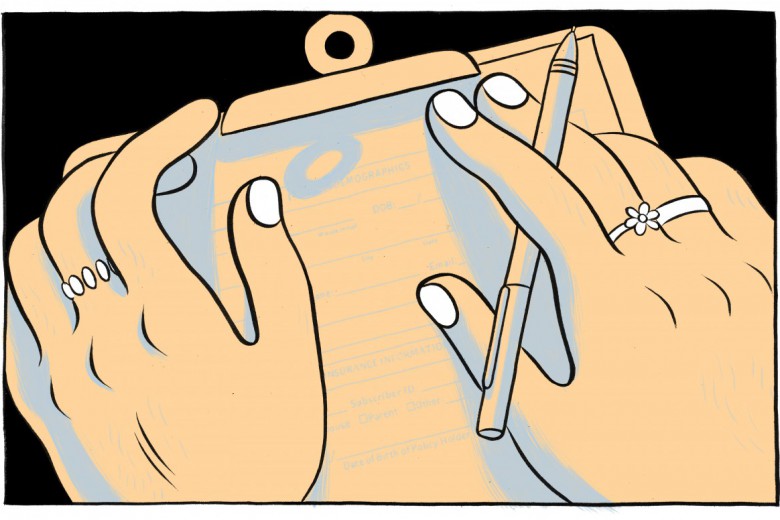
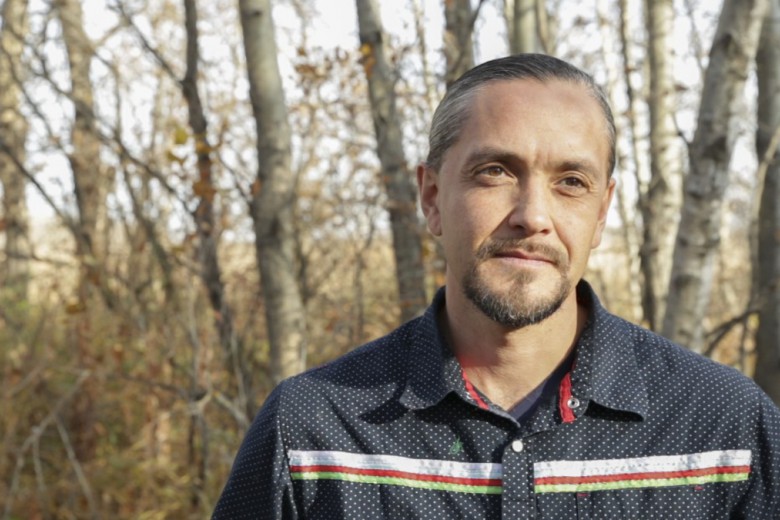
_780_520_90_s_c1.jpg)
